A crossbreed dog is a dog that was intentionally bred from two different purebred dogs or a mix of several breeds. Crossbreed dogs are also sometimes called designer dogs.
Crossbreed dogs are bred to reduce the risk of certain hereditary conditions that affect purebred dogs. They are also sometimes bred to create a dog with specific characteristics, such as a hypoallergenic coat or a distinctive physical feature.
The most popular crossbreed dogs are labradoodles, goldendoodles, cockapoos, and cavachons.
TABLE OF CONTENTS
What Is a Crossbreed Dog?

A crossbreed dog is one that has been bred from two or more different purebred dogs to yield desirable traits – both physical and physiological.
One example of a crossbreed dog is the sheepadoodle. It’s created by breeding two different purebred dog breeds — an English sheepdog and a poodle. The sheepadoodle and other crossbreed dogs were bred to combine the best traits of both parent breeds.
Crossbreed dogs don’t have consistent phenotypes. Designer puppies from the same litter often have unique looks and different personalities. Purebred dogs, by contrast, were selectively bred over many generations to look alike and share the same characteristics.
Compared to purebred dogs, crossbreed dogs have a lower risk of developing congenital disorders. Carefully crossing two different purebreds widens the crossbreed dog’s gene pool, decreasing the chances of the dog inheriting two copies of the same gene.
Advantages of Crossbreed Dogs
Dog breeders have used crossbreeding throughout history to breed healthier dogs and particularly to improve the work abilities of a dog breed.
The latest trend in crossbreeding dogs is to breed dogs as pets and companions. In response to increased demand, breeders have started mixing more types of purebred dogs, creating many unique designer dogs.
There are many advantages to crossbreeding, including increased genetic diversity, unique appearances, and sociability.
Crossbreeds Have More Genetic Diversity
The biggest advantage of crossbreeding dogs is genetic diversity. All purebred dogs come from a small gene pool. This makes them predisposed to genetic mutations and congenital disorders.
Ethical crossbreeding reduces the risk of dogs passing on genetic diseases. However, crossbreeding doesn’t make dogs completely immune to disease — designer dogs can still suffer from inherited conditions.
Crossbreeds Have Unique Appearances
When two distinctive dog breeds are combined, it’s difficult to predict what their offspring will look like. Each puppy in the litter may inherit different traits from both parent breeds, making crossbreeds excellent choices for people searching for a one-of-a-kind dog.
Crossbreeds Make Wonderful Pets
Today, crossbreed dogs are mainly bred as pets instead of working dogs. However, an exception is the labradoodle, which is still often used as a guide dog.
Both purebred and designer puppies benefit from early socialization. Start training and socializing a crossbreed dog as soon as you bring it home. Attending puppy parties and meeting new people helps puppies grow into wonderful pets and companions.
Disadvantages of Crossbreed Dogs

There’s much debate and controversy about crossbreeding dogs. Like pure breeding, unethical and unregulated crossbreeding can lead to congenital disorders and health issues.
Consider the following disadvantages of crossbreed dogs if you plan to adopt a crossbreed dog.
Unpredictable Size
The size of a dog can be an issue for many potential dog owners, especially those living in smaller homes without access to outdoor space.
The biggest disadvantage of crossbreeding is that there’s no way of knowing how big a crossbreed dog will get. If both purebred parents are similar in size, their offspring will be the same size. However, it’s impossible to predict the exact size of a German shepherd and Chihuahua mix, for example.
The only reliable way to predict how big a crossbreed dog will become is to do a DNA test. A simple cheek swab can provide information about a dog’s genetic makeup, size, health, and more.
Birthing Difficulties
Breeding dogs of different sizes can lead to complicated deliveries. Birthing difficulties usually happen when the male parent is larger than the female parent or if the male parent has a large, brachycephalic head.
In this case, a female parent dog of a different, smaller breed may have trouble delivering the puppies, and an emergency C-section may be necessary. Without adequate veterinary care, both the mother and the puppies are at risk of dying.
Unpredictable Temperament
A crossbreed may inherit temperament traits from both its parent breeds, resulting in an unpredictable temperament. For example, because German shepherds and golden retrievers have very different personalities, it’s difficult to predict the temperament of their offspring.
Crossbreed Dogs Are Expensive
Intentionally bred crossbreed dogs, otherwise known as designer dogs, tend to be more expensive than their purebred parents. The increased demand for crossbreed dogs guarantees a higher price tag. Expect to pay more for a crossbreed puppy with health certificates and proof of lineage.
Cutest Dog Crossbreeds
There are plenty of adorable designer dogs to choose from. Some of the cutest dog crossbreeds are:
- Poochon – A cross between the toy poodle and bichon frisé dog breeds.
- Pomsky – A cross between the Siberian husky and Pomeranian dog breeds.
- Aussiedoodle – A cross between the Australian shepherd and poodle dog breeds.
- Morkie – A cross between the Maltese and Yorkshire terrier dog breeds.
- Frenchton – A cross between the Boston terrier and French bulldog dog breeds.
- Schnoodle – A cross between the miniature schnauzer and miniature poodle dog breeds.
- Maltipom – A cross between the Maltese and Pomeranian dog breeds.
- Chug – A cross between the pug and Chihuahua dog breeds.
- Bernedoodle – A cross between the Bernese mountain dog and standard poodle dog breeds.
- Maltipoo – A cross between the Maltese and toy or miniature poodle dog breeds.
Best Crossbreed Dogs
Listed below are the most popular designer dogs:
- Goldendoodle – A cross between the golden retriever and poodle dog breeds.
- Labradoodle – A cross between the Labrador retriever and poodle dog breeds.
- Cockapoo – A cross between the cocker spaniel and poodle dog breeds.
- Goldador – A cross between the Labrador retriever and golden retriever dog breeds.
- Yorkipoo – A cross between the Yorkshire terrier and poodle dog breeds.
- Chorkie – A cross between the Yorkshire terrier and Chihuahua dog breeds.
- Cavachon – A cross between the bichon frise and cavalier King Charles spaniel.
- Goberian – A cross between the golden retriever and Siberian husky dog breeds.
- Border Aussie – A cross between the Australian shepherd and border collie dog breeds.
Should You Get a Crossbreed Dog?
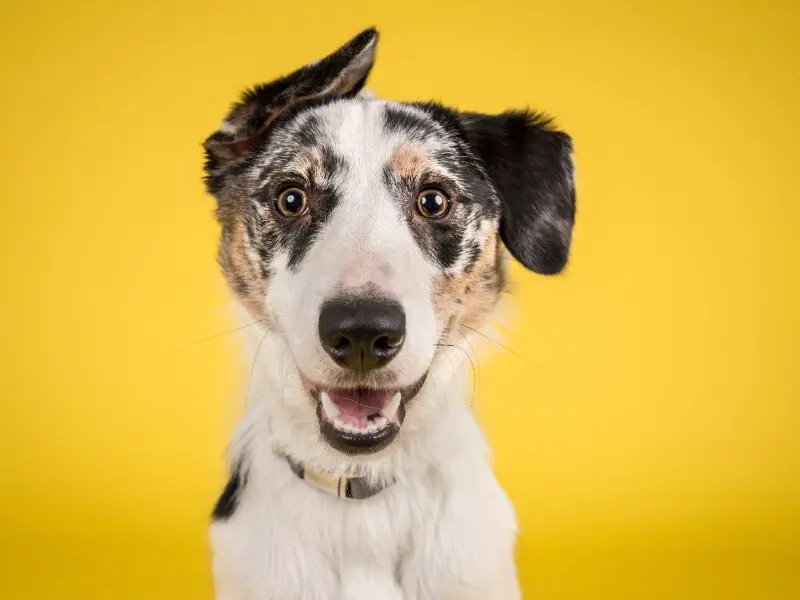
Adopting a crossbreed dog comes with pros and cons. Genetic diversity, better health, and unique appearance are the main advantages of crossbreed dogs since these dogs tend to inherit the best physical and temperamental traits from both parent breeds.
The biggest disadvantage of adopting a crossbreed dog is its unpredictable size and temperament. Also, because of their popularity, crossbreed dogs are often more expensive than purebred dogs.
If you’re looking for a unique dog and are able and willing to spend the money, a crossbreed is an amazing choice. Different crossbreed dogs are bred to suit different needs — from toy-sized dogs for apartment dwellers to low-shedding dogs for allergy sufferers.
Whether you are active or like to stay at home, live in a condo, or have a fenced backyard, you can find a crossbreed dog that will fit right into your home and suit your lifestyle.

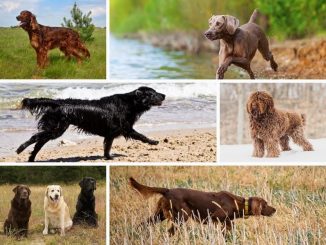
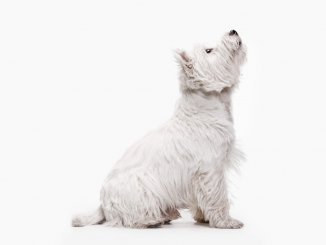
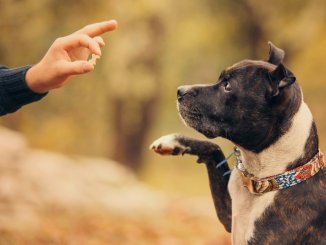
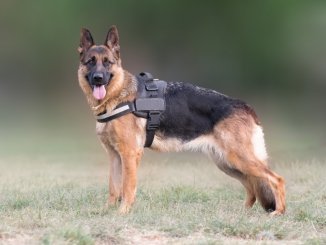



Be the first to comment